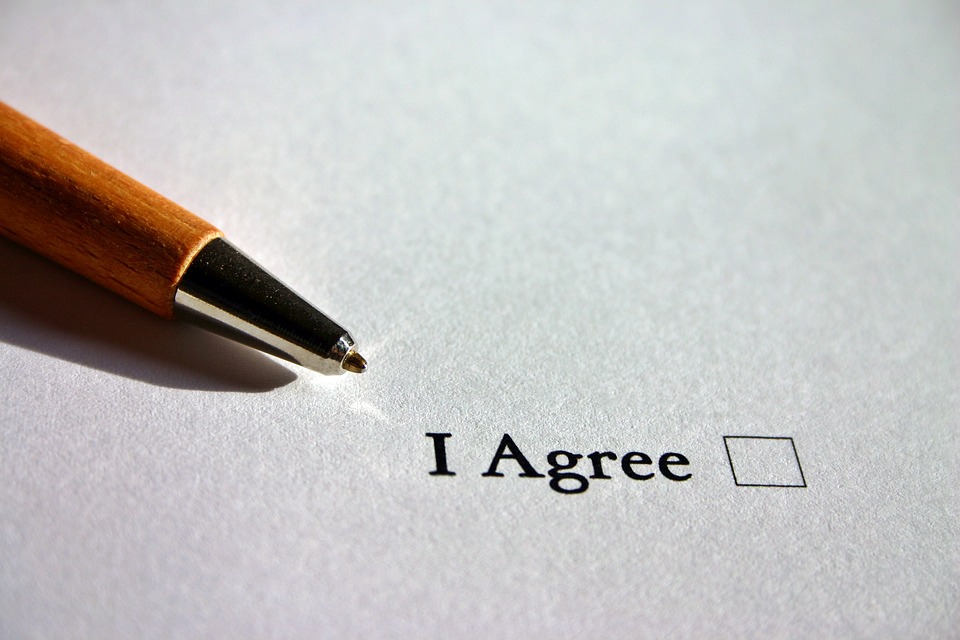 When you interact and work with other people, you will eventually disagree with someone.
When you interact and work with other people, you will eventually disagree with someone.
Sometimes, the disagreement will be over minor issues that you can easily ignore. Sometimes, however, you will disagree quite strongly about an issue that is vitally important to both sides. It might be about what course of action to take to turn around the company, which candidate to back in an election, a difference of faith perspectives, or some other issue that evokes strong emotion.
When those issues arise, you might reach an impasse where you simply cannot reach agreement but you cannot just “Let it go.” When that happens, how do you resolve the conflict?
Agreeing to disagree
Remember that conflict resolution is about working together to solve a problem. It is not about agreeing on every issue. You can resolve a conflict and continue to work with the other person productively, without reaching complete agreement. You can preserve the relationship and continue working together, despite the differences. You can learn to disagree without being disagreeable.
Easy to say. Not always easy to do.
Staying focused on the goal
Issues that are personally important produce an emotional response. Once we become emotional about an issue, we tend to act in a way that escalates the conflict rather than resolves it. For example, we attack the other person’s character or intelligence. We dismiss their perspective as irrational or stupid. In short, we make it personal. We become disagreeable.
When we become disagreeable, we usually trigger a similar response in the other person so that we move toward separation and paralysis instead of toward action and resolution. When we can agree to disagree, we can set the disagreement aside in the interest of continuing to work together. We don’t forget the issue. We just don’t let it get in the way of solving the organizational problem at hand.
When disagreeing is warranted
Are there times when you should choose not to work with the other person? Yes. If you have to violate your core principles or ethical standards to move forward with the other person, you should stand firm or consider ending the relationship. I do encourage you not to reach that conclusion too quickly or rashly, though. Be careful that you don’t take a stand on “principle” when you simply disagree about an approach, style or perspective.
No doubt, learning to disagree without becoming disagreeable takes work. It takes effort. It takes focus.
It is also worth it when you reduce time- and energy-zapping conflicts and solve problems more quickly.

0 comments